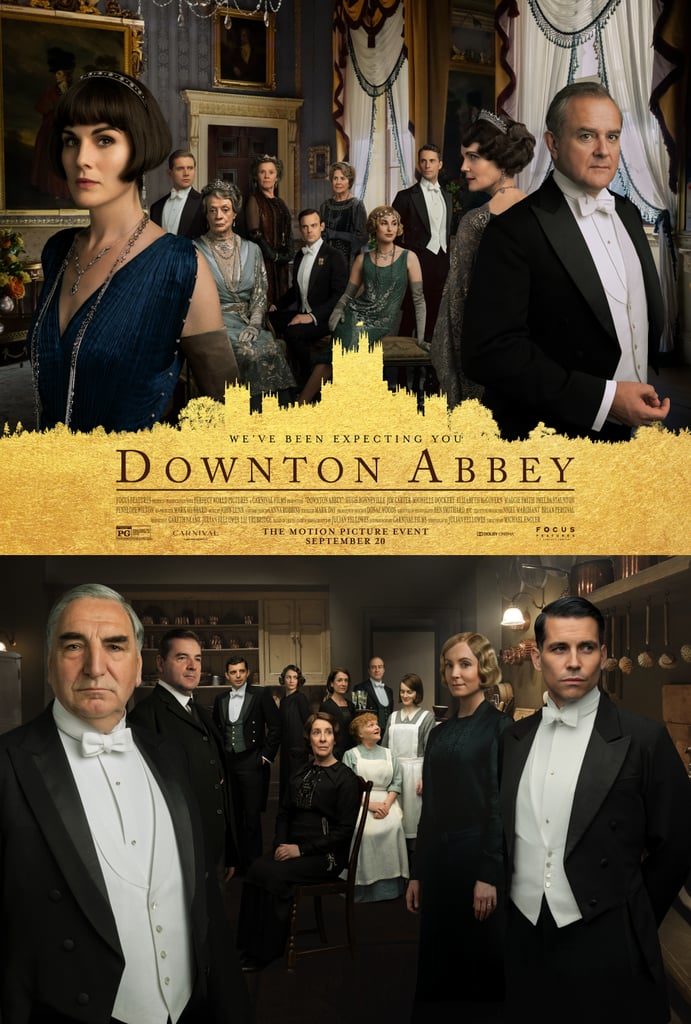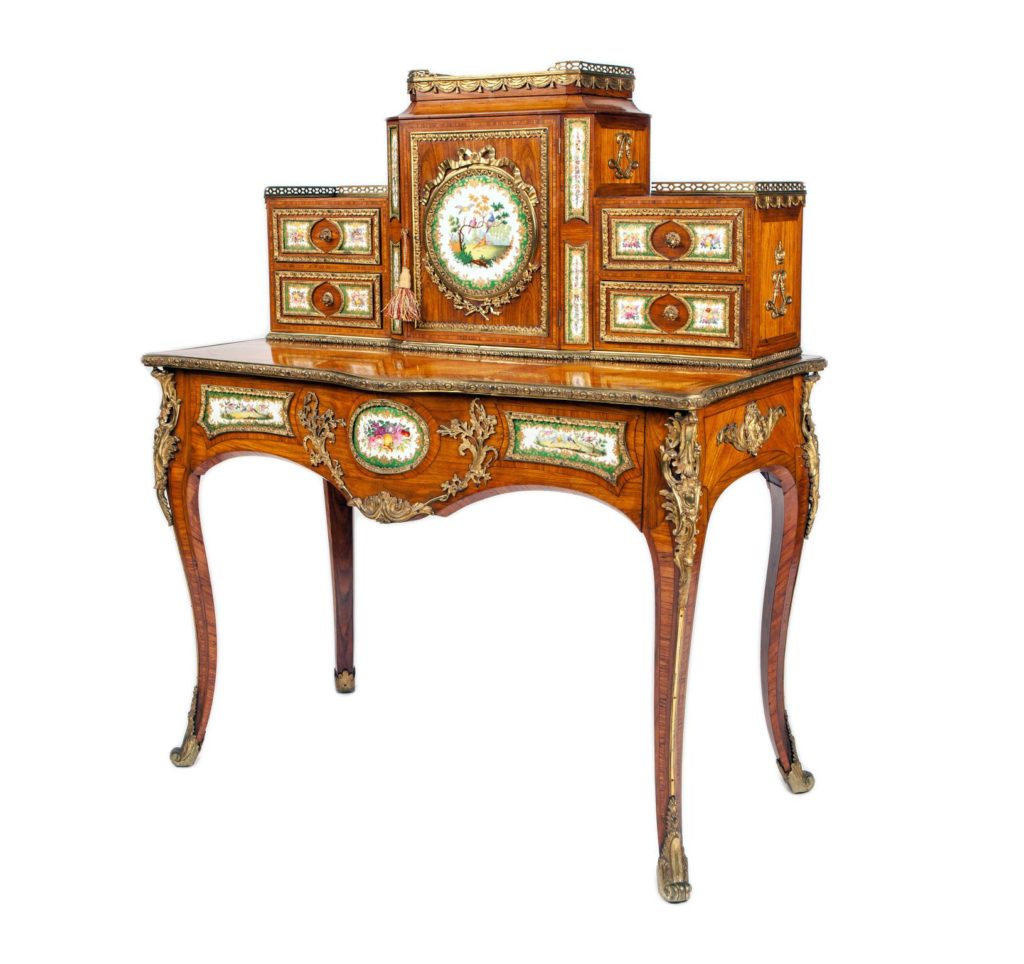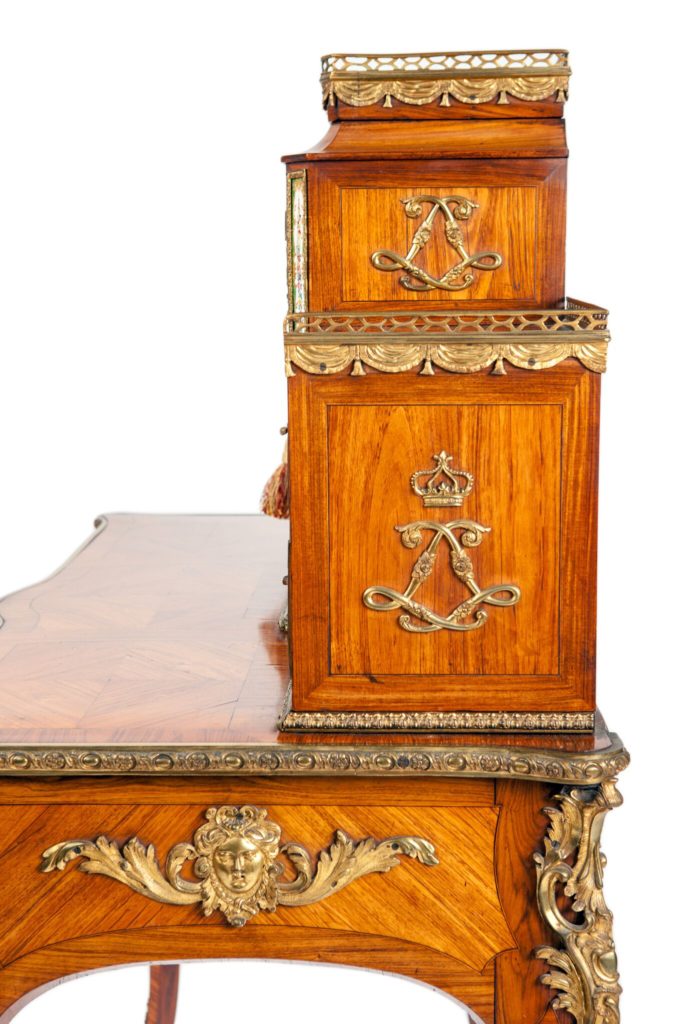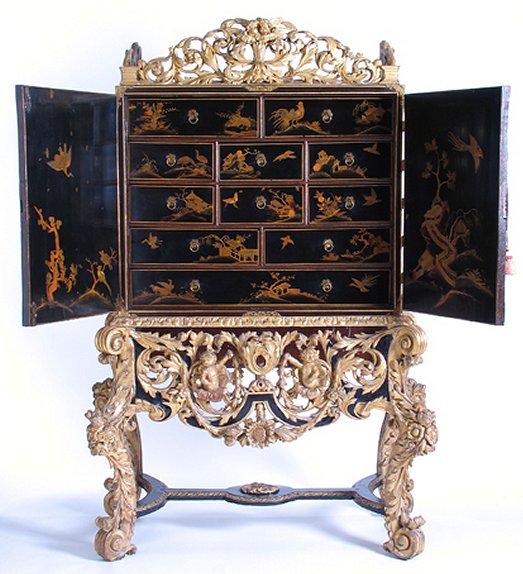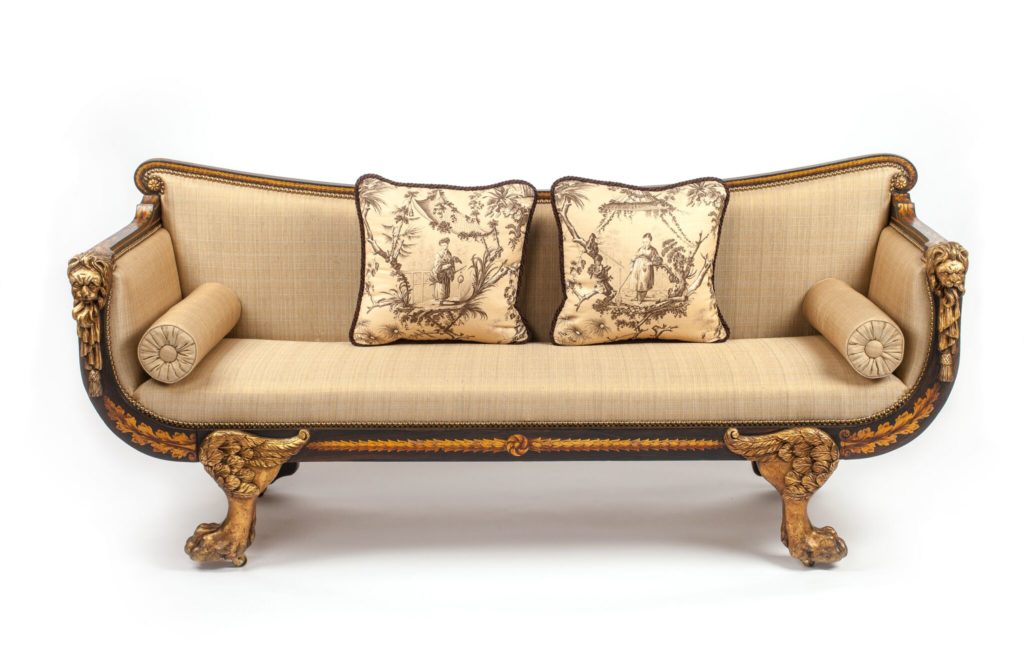I’ve got to say, watching the movie ‘Downton Abbey’ was akin to seeing at long last an old friend from whom one has been reluctantly parted and too long separated. Happy to see, and happy to see them rather unchanged. ‘Rather’ I say, as the movie itself was not quite so compelling as the episodic series which even in the course of one hour and the occasional two was not shy of incident. The movie though bringing back all the familiar characters was a little overlong given the (lack of) incident involved, and without spoiling it for you of my gentle readers who haven’t seen the movie, the subplots and asides seemed almost as throw-ins- a love interest, and some socio-political commentary, both of which, though germane, were not really essential to a fairly lightweight main plot. Two crypto-spoiler alerts- there are actually two love interests, one straight and one gay, and the movie itself is a set-up for a sequel. And why not?
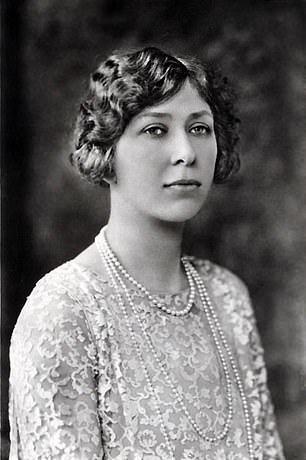
But with all that, the movie has been well-received, though not universally well reviewed, and as often occurred during the run of the TV series, has for us engendered a begging of questions we have fielded from many quarters if the lush settings in a number of English country houses has thereby spawned an increased interest in period art and antiques.
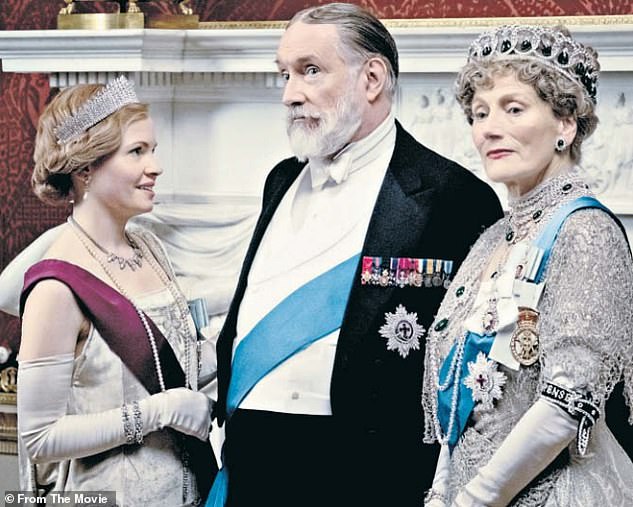
The short answer is a resounding- well, maybe. I have to say, this year rumblings have emerged that perhaps there is a greater interest in what is our main stock in trade, and we’ve also noted an increase in the amount of editorial in the shelter publications given over to warmer interiors with period material much more in evidence, and markedly fewer pages featuring contemporary design of the stark and spare variety. Is this the marking of a ground swelling of a change in aesthetic? Or is it, well, not life imitating art, but the shelters imitating ‘Downton…’ the movie- art, as it were, imitating art.
Still, in the old friend department, it was pleasing to see a Downton Abbey apostrophe, or should we say subplotlet, involving Princess Mary, the princess royal, given that now in our own collection we have an exquisite bonheur du jour that was once hers. This brings alive the notion of provenance, and makes one realize that though one may be possessed of the object itself, the spirit of one of its prior owners always remains present and forever imbues the piece.
Not everything in our stock has an illustrious provenance, but that’s not to say that at some time something of the sort might not declare itself. We did not so long ago acquire a William and Mary period cabinet on stand, unprovenanced and purchased in a provincial saleroom that, in the fulness of time, determined was disbursed in the 1930’s in a country house sale and acquired by decorating legend John Fowler- and sold to, wait for it, Vivien Leigh and Laurence Olivier for their country home Notley Abbey.
Still, absent provenance, it was of considerable fun while watching ‘Downton Abbey’ on both the big and small screens and seeing items similar to those in our stock. In one of the closing scenes of the movie, Lady Mary Talbot nee Crawley has a tete-a-tete with the Dowager Countess of Grantham, whilst seated on a Regency period settee. I nearly missed the dialogue, though, thinking as I did how similar the settee was to our exquisite example. Shameless as I am, I have to tell you that ours is better. And ever more shameless and venal to boot, I’ll tell you that, for the right price, ours could be yours.

